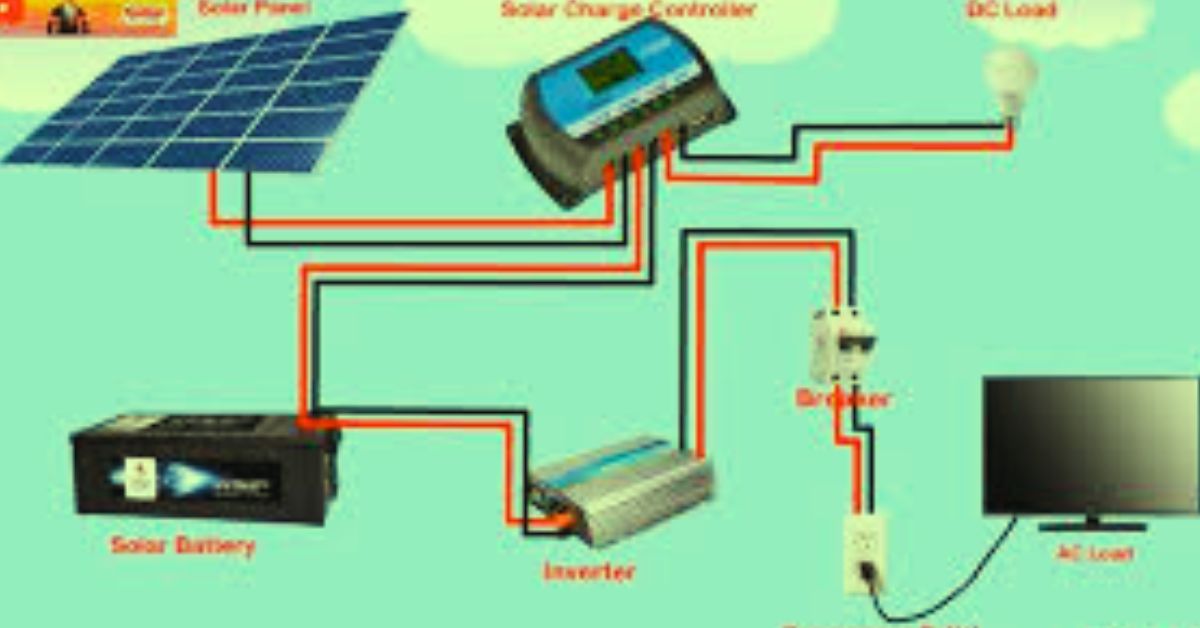Off-grid power solutions have become increasingly vital for remote locations, adventure seekers, and emergency preparedness. In the past, off-grid power primarily relied on diesel generators and batteries, which, while functional, come with limitations like high fuel costs, pollution, and the constant need for fuel resupply. Today, however, solar charging is changing the game for off-grid power, providing a clean, renewable, and increasingly efficient power source. This article explores how solar technology is transforming off-grid power solutions and why it’s becoming the go-to option for remote power needs.
1. Accessibility of Solar Power Technology
The cost of solar technology has dropped significantly over the past decade, making it accessible to more people and organizations than ever before. This reduction in cost, combined with the increased efficiency of solar panels, means that those who previously relied on traditional generators can now use solar as a viable, more sustainable alternative. Additionally, solar chargers and panels have become much more portable, allowing them to be installed or transported into remote areas where traditional power infrastructure doesn’t reach. This accessibility is a game-changer, especially for communities or individuals looking for a long-term power solution without recurring fuel expenses.
2. Increased Efficiency in Solar Panels and Batteries
The efficiency of solar panels has dramatically improved in recent years. High-efficiency photovoltaic cells can now convert more sunlight into electricity, meaning more power output for the same amount of sunlight. Coupled with advancements in battery technology, like lithium-ion batteries, solar systems now offer greater storage capacities and faster charging speeds. This improvement allows solar charging systems to store ample power even during overcast days, making them reliable for continuous use in off-grid scenarios.
3. Reducing Environmental Impact
One of the biggest advantages of solar charging is its minimal environmental impact. Traditional off-grid power solutions, such as diesel generators, release pollutants into the air and require constant fuel supply, leading to carbon emissions and noise pollution. In contrast, solar charging systems generate clean energy with zero emissions, creating a much more environmentally friendly alternative. For areas that prioritize sustainable practices or need to operate in delicate ecosystems, solar power provides a solution that minimizes damage to the environment.
4. Portability and Adaptability
Portable solar chargers and folding solar panels have made it possible for campers, hikers, and off-grid residents to access reliable power anywhere the sun shines. Unlike bulky diesel generators, portable solar chargers are lightweight, easy to carry, and require no fuel supply. This portability extends the benefits of solar charging to people who are constantly on the move or need an energy source for remote work. Additionally, because solar panels can be mounted on vehicles, backpacks, or tents, they provide a flexible power solution that is easy to adapt to various outdoor conditions.
5. Solar Charging for Emergency Preparedness
Solar charging systems are not only valuable for off-grid living and adventure activities; they are also crucial for emergency preparedness. During natural disasters or power outages, access to reliable power is essential for communication, lighting, and even heating. Solar chargers ensure that critical devices like phones, radios, and medical equipment stay operational when grid power is unavailable. Many emergency kits now come with solar chargers as part of their standard equipment, highlighting the importance of renewable power during unexpected situations.
6. The Role of Solar in Expanding Remote Economies
In many parts of the world, particularly in developing regions, solar charging solutions are providing new economic opportunities. Rural and off-grid areas that have traditionally lacked access to reliable electricity are now able to power small businesses, medical facilities, and schools using solar charging systems. This expansion of energy access has a multiplier effect, fostering economic growth, improving health and education outcomes, and reducing migration to urban areas. In this way, solar power not only provides off-grid energy but also drives socioeconomic development.
7. Overcoming Challenges with Hybrid Systems
While solar charging offers many benefits, it isn’t without its challenges. Solar power generation depends on sunlight, which means it may be less effective in regions with frequent rain or cloudy days. Hybrid systems that combine solar with other power sources, like wind or backup generators, can offer a solution to this challenge. These hybrid systems ensure that power remains available even when solar generation is temporarily reduced. Such setups provide an extra layer of reliability for off-grid applications, combining the best aspects of multiple renewable energy sources.
8. The Future of Solar-Powered Off-Grid Solutions
The future of off-grid power lies in innovations in solar charging and battery technology. Research is underway to improve the efficiency of solar panels even further and to create batteries that can store more power for longer periods. Emerging technologies, like solar tracking systems and perovskite solar cells, promise to make solar power even more efficient and cost-effective. As these technologies develop, solar charging will likely become the primary source of power for off-grid solutions, minimizing the need for fossil fuel generators altogether.
Conclusion
Solar charging is undeniably transforming the landscape of off-grid power. With its increased efficiency, reduced environmental impact, and growing affordability, solar power is now a feasible and attractive option for remote locations, emergency situations, and economic development in rural communities. As solar technology continues to advance, its role in off-grid power will only expand, paving the way for a future where clean, renewable energy is accessible to everyone, no matter where they are.
